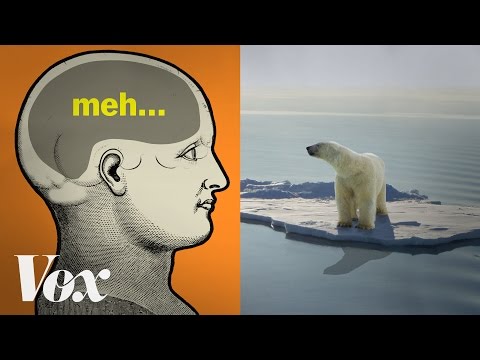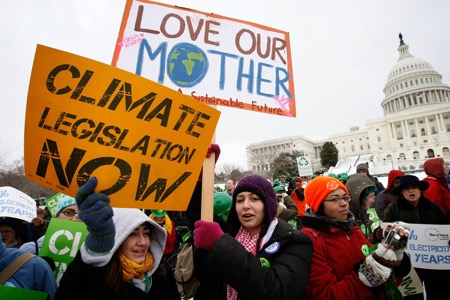When I was a kid, I was introduced to the tragedy that climate change can bring. Massive floods and superstorms ravaged New York City right before my eyes. ‘The Day After Tomorrow’ was showing on TV, and there in the living room, I received my first education on the threat of climate change.

Granted, the over-the-top depictions of climate change in the movie will make any climate scientist raise an eyebrow. But for myself and others my age, such movies were possibly our earliest and most gripping encounters with the concept of climate change.
The media continues to be important for making climate change feel relevant and interesting to people. This is, in part, due to the constant influence of media in our lives, and also because climate change can otherwise be quite imperceptible in most people’s daily lives. Thus, the media crafts our experience of climate change and shapes our feelings towards it. I believe that the media’s influence is misused, however, when it perpetuates a narrative of doom.
The doomsday narrative is obvious in movies like ‘The Day After Tomorrow’, and is present throughout many contemporary representations of climate change. In many cases, the media appeals to our sense of fear, reminding us of how human actions have contributed to our warming planet, and how we must save ourselves from the impacts of our own contribution.

At times, the media uses emotionally-charged narratives to make climate change more ‘relatable’ to the masses. As someone on the receiving end of these narratives, I have been moved by campaigns that use pictures of derelict lands and bleached corals to illustrate the potential consequences of climate change. But these images and stories, while emotionally stirring, also create a sense of fatigue around the issue of climate change.
From a perspective of an environmentalist, it is difficult to throw mud at the tactics of the climate movement. In trying to convince people about the urgency of the issue, I often find it hard not to play up the threat of climate change. Perhaps we doubt that, without these exaggerations, people will truly start to share our concern for the environment.
But I have come to believe that overbearing, sensationalistic appeals will only trigger scepticism, and cause the very people we want to engage to tune out of the conversation.

Disillusioned with sensationalistic portrayals of climate change, I once questioned whether the media was actually necessary for communicating climate change. I felt that surely the ‘purity of the science’ could give more weight to a movement which felt like it was becoming a labyrinth of provocative narratives.
This idea was soon challenged when I took a module on climate change last semester. While I was presented with graphs and figures communicating the realities of climate change, I still left each class feeling overwhelmed and convinced that I knew nothing about the issue.

Most of us know, at least superficially, about climate change and its influence on rising sea levels, persistent droughts, and extreme weather phenomena that threaten millions of lives. But our mere understanding of the realities of climate change is much less important than the narratives we create, imbibe, and echo. It is these narratives that will determine how we respond to climate change.
The media plays an integral role in the climate movement. As an urban dweller, I know that whatever environmental consciousness I have was first instilled by the media. We can get more people involved in the climate change conversation by using the media more judiciously to create poignant but not overwhelming narratives.

We can choose to resist the impulse to echo the doomsayers, and instead magnify hopeful climate change solutions like technological novelties, creative adaptations, and political breakthroughs. I believe that by doing this we can create a more compelling climate change narrative, re-energise the public and move forward clearheaded.